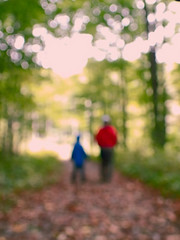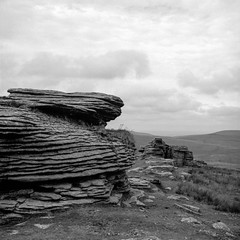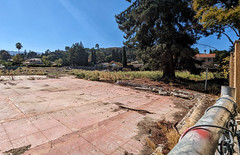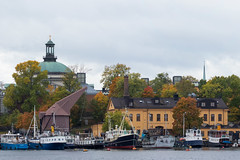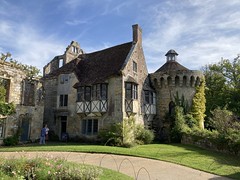Legs
At first glance I think I know what I’m seeing, I think it’s something that has recently become very familiar to me. That these are the thimble and finger sized ceramic nodules used in North American “knob and tube” electrical wiring, from the 1880’s to the 1930’s. We’ve recently been unearthing them from inside the walls of our house. They are littered in plaster dust, with “Made in Holland” written in an archaic font a millimeter high.
Then I read Rob’s description “These are plaster molds of people’s legs. Each mold represents someone trying to overcome the difficulties of limb loss.”. In the seconds it takes for my mind to grasp the different sense of scale, I notice a hanging key. I notice for the first time that unlike the knobs and tubes each shape is different, each a totally unique form. I try to understand the implications.
Of course I can’t understand. I might have watched relays run in the paralympics, I’ve seen documentaries on Terry Fox, my Auntie Betty was an amputee, but let’s face it, there’s no way I can imagine what it is to have a prosthetic limb. When I was growing up prosthetics were politely ignored, hidden and unmentioned like the knob and tube wiring. I can’t imagine phantom pain, or the discomfort from a chaffing prosthetic limb, most of all I can’t imagine the social adjustments that amputees face. I’m glad Rob took this picture, I love the fact that a photographer who has lost a leg to cancer, who is himself trying to overcome the difficulties of losing a limb, wanted to take this picture and make it much more than a documentary photograph. Ignorance is never good, however polite it might be. I’m glad that he’s shown us what’s in the prosthetists back room.
Photo "8006437558" not found (invalid ID)Photo "8006437558" not found (invalid ID)Blog photograph copyrighted to the photographer and used with permission by utata.org. All photographs used on utata.org are stored on flickr.com and are obtained via the flickr API. Text is copyrighted to the author, Rachel Irving and is used with permission by utata.org. Please see Show and Share Your Work


